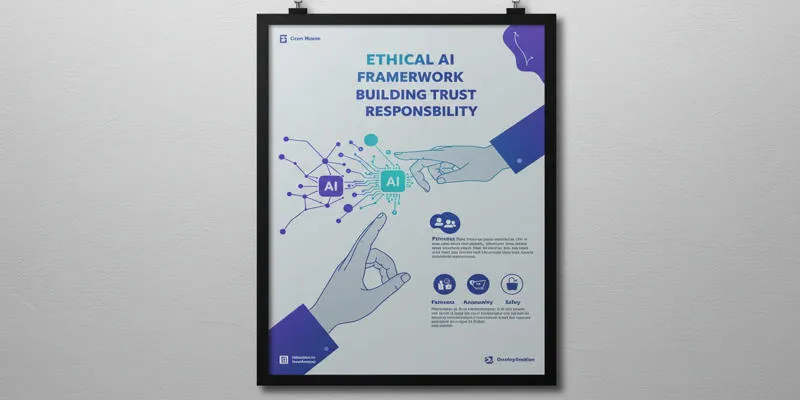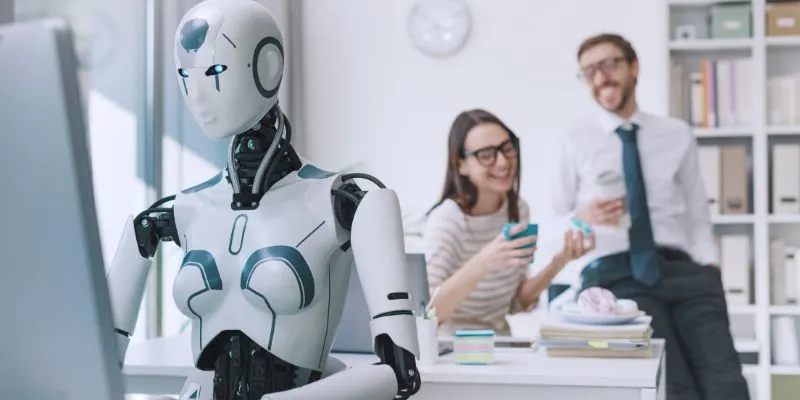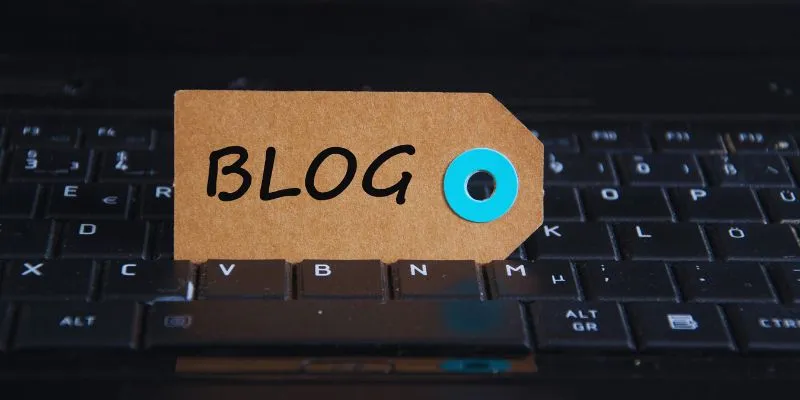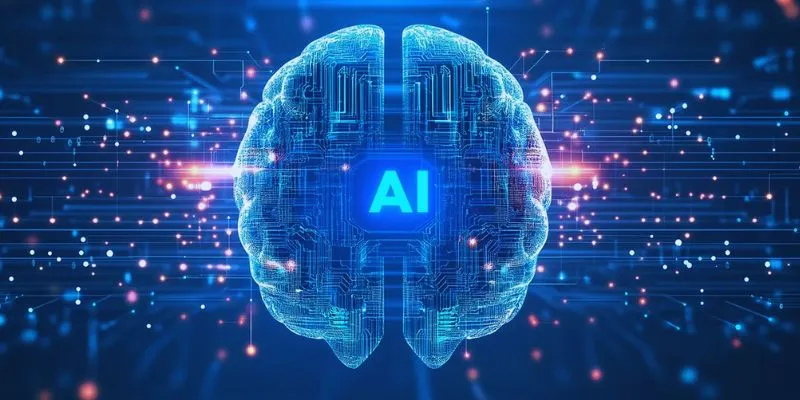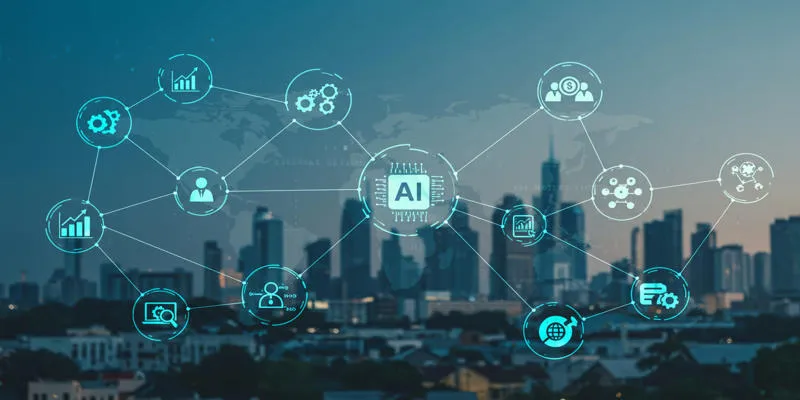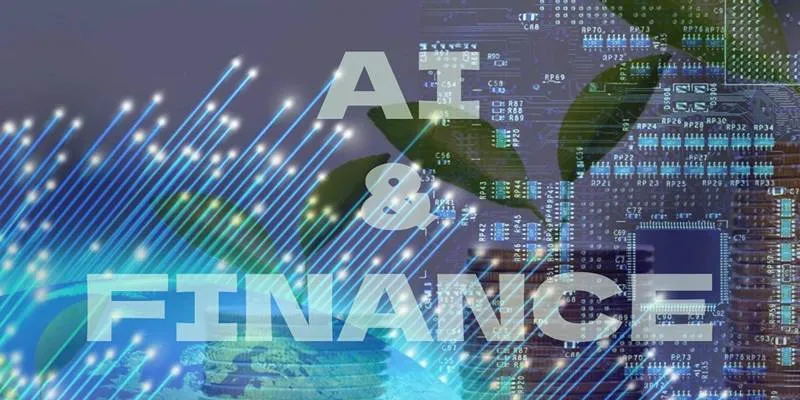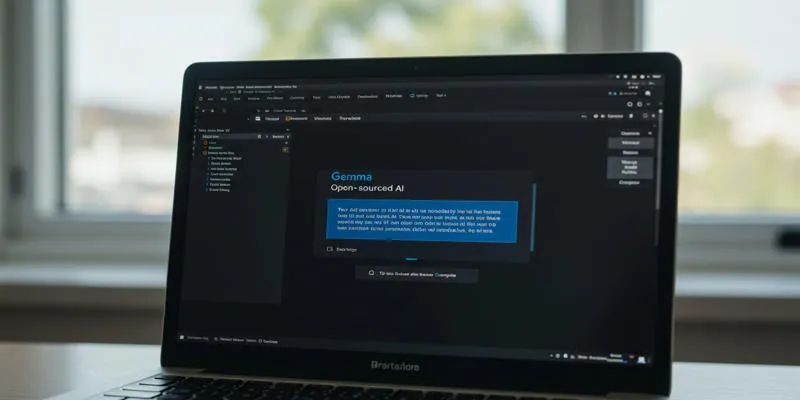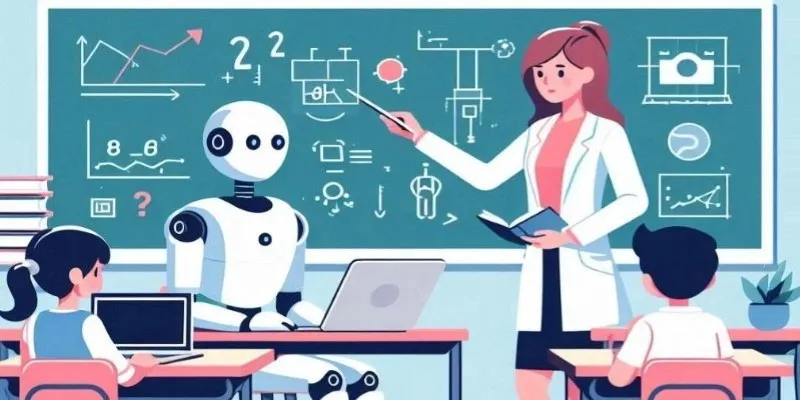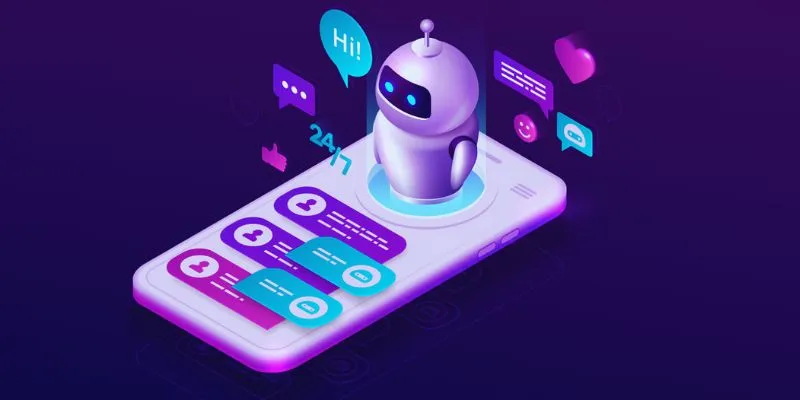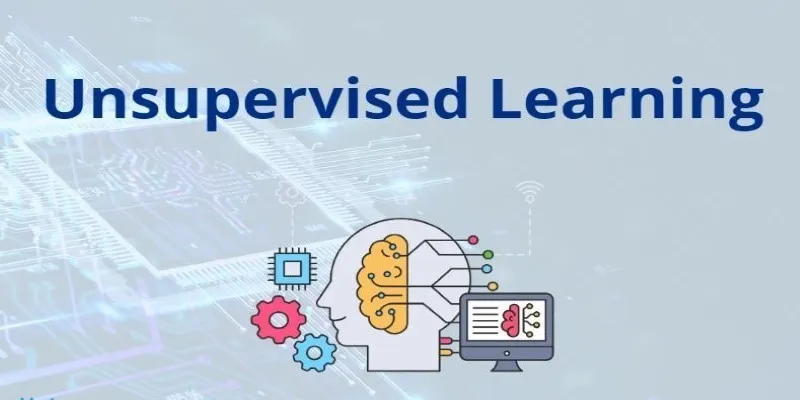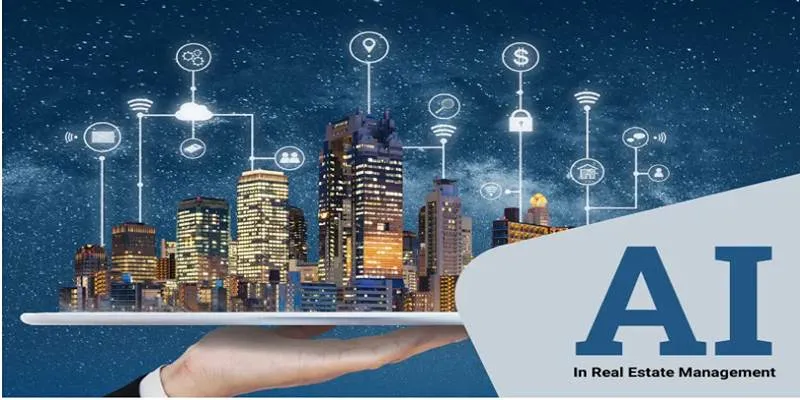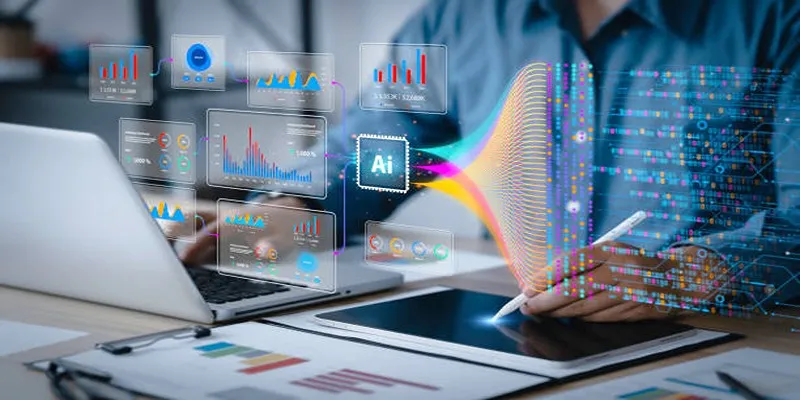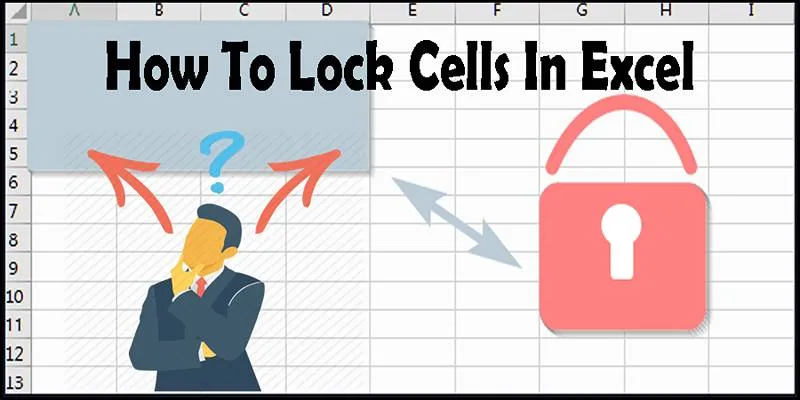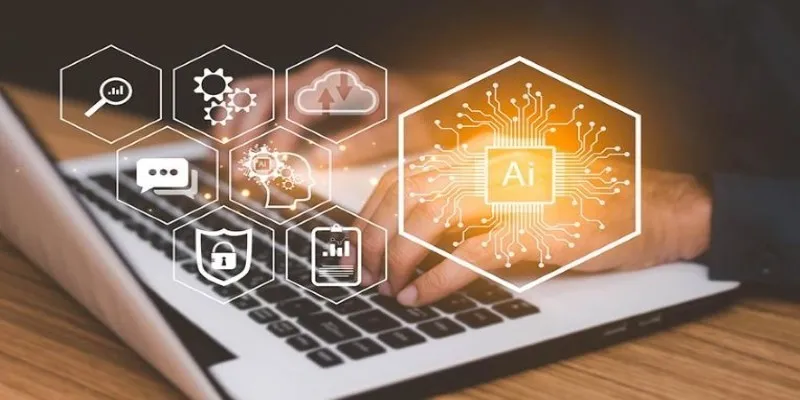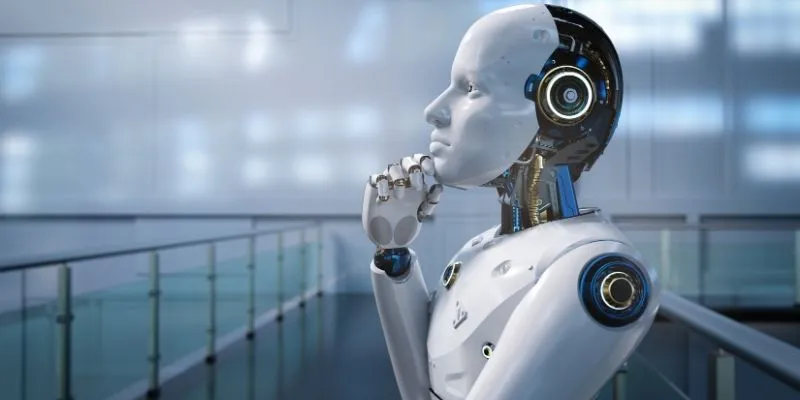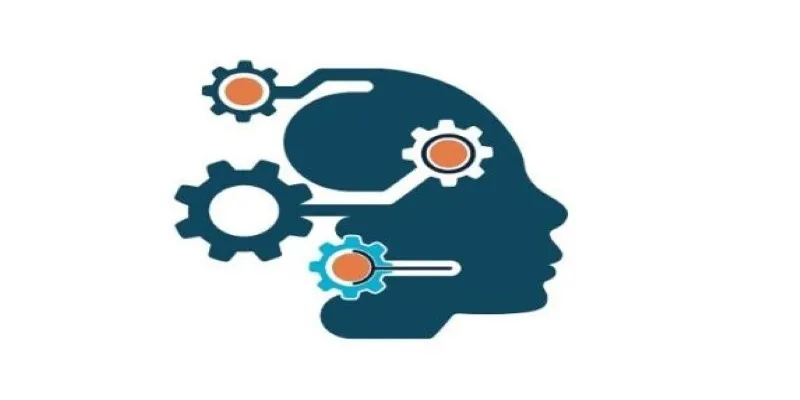Most image recognition systems function effectively only when they’ve previously encountered the subject—similar to a student who can only answer questions they’ve rehearsed. But what if a machine could look at something entirely new and still identify it accurately? That’s the concept behind zero- shot image classification. Instead of relying on examples for every category, it utilizes the connection between images and language to make real-time assessments.
Think of it as equipping AI with a cheat sheet composed of logic and descriptions, rather than mere memorization. This transformation is not just technical—it’s a leap toward creating machines that truly understand, not just recognize. And that’s what makes it so powerful and exciting.
What Is Zero-Shot Image Classification?
Zero-shot image classification is an advanced AI technique that enables models to recognize images of objects or scenes, even if they haven’t encountered those specific categories during training. Instead of requiring a vast array of labeled images for each class, the model depends on general knowledge and descriptive cues, making decisions based on understanding rather than memory. This approach is part of a broader concept known as zero-shot learning.
In traditional image classification, models are trained on thousands of labeled examples—photos of cats, airplanes, or bananas—so they learn to map patterns onto familiar tags. However, when presented with a brand-new object, like a pangolin or an old typewriter, a standard model struggles. This is where zero-shot methods excel. They enable models to deduce new classes by understanding natural language phrases, such as “an animal with armor-like scales” or “a machine with round keys and a roll of paper.”
This functionality is possible because the model learns to connect images and text within the same conceptual space. Systems like OpenAI’s CLIP achieve this by training on extensive datasets of images paired with captions. When a new label is introduced, even one it’s never encountered, the model can still make an educated guess—bridging language and vision in a remarkably human-like manner.
How Does It Work?
Zero-shot image classification operates by training a model on a large dataset of images paired with comprehensive textual descriptions, not just simple labels. These descriptions provide rich context, aiding the model in learning beyond mere surface-level patterns. During training, the system learns to encode both images and text into the same vector space—a digital representation where related content is positioned closely.

After training, when a new image is presented, the model converts it into a vector. Concurrently, it can transform various class descriptions—written in plain language—into vectors as well. The model then compares these vectors and selects the closest match based on similarity. This process allows it to identify objects or scenes, even if it’s never encountered them before.
For example, the model might be shown an image and asked if it’s “a cat,” “a dog,” or “a rabbit.” Even if “rabbit” wasn’t part of its original training set, it can comprehend what a rabbit is from the description and match that to the image. This methodology reduces the need for manually labeled training data for every class, making it ideal for recognizing rare, new, or evolving categories across various fields.
Use Cases and Real-World Benefits
One of the most advantageous aspects of zero-shot image classification is its scalability. Traditional models require retraining to accommodate new categories, but zero-shot systems bypass that step. This makes them ideal for dynamic environments where new labels or objects are frequently introduced.
In the e-commerce sector, sellers add new products daily. Training a model on each new item isn’t practical. Zero-shot learning allows models to classify these items using straightforward product descriptions, maintaining system relevance with minimal effort.
In healthcare, rare diseases often lack sufficient labeled data for traditional training. Zero-shot image classification can assist by using textual definitions of conditions to identify them in scans, aiding diagnosis when labeled datasets are scarce. Similarly, in wildlife monitoring, researchers employ this approach to classify animals captured on camera—even if the species has never been seen by the model before.
Content moderation is another crucial area. If new types of inappropriate content need to be flagged, a zero-shot model can adapt by analyzing descriptions instead of relying on prior training.
Although the method isn’t flawless—misclassification risks persist if descriptions are vague or classes are visually similar—it offers remarkable flexibility and time savings. For many industries, the benefits clearly outweigh the challenges.
Challenges and the Future Ahead
While zero-shot image classification offers impressive flexibility, it also presents notable challenges. One major concern is its reliance on pre-trained models. If the training data contains biases or lacks diversity, the model may misinterpret or inaccurately classify new inputs. Categories that are underrepresented during training might be misunderstood, especially in real- world scenarios where context varies widely.

Another key issue is the model’s interpretability. These systems function by comparing embeddings in a high-dimensional space, making their decisions difficult to explain. In sensitive fields like healthcare or legal tech, where transparency is crucial, this lack of clarity can be a drawback.
Nonetheless, progress is being made. Advances in multimodal learning—where models process both images and text—are helping mitigate these issues. Improved model designs and refined prompt strategies also enhance performance. Additionally, research is progressing toward making these models lightweight enough for edge devices, reducing the need for constant internet connectivity.
What makes zero-shot learning truly exciting is its ability to generalize as humans do. With minimal input, these models can recognize and label unfamiliar content. This evolution could reshape how AI is deployed, enabling more agile, responsive, and context-aware systems across industries.
Conclusion
Zero-shot image classification offers a smarter, more adaptable way for AI to recognize new concepts without needing labeled examples. By connecting language and vision through shared understanding, models can generalize more effectively across a wide range of scenarios. From identifying rare animals to moderating new types of content, this technique enhances the adaptability of AI systems. As the technology matures, its role in real-world applications will only expand, shaping a more efficient and versatile future for image recognition.
 zfn9
zfn9
